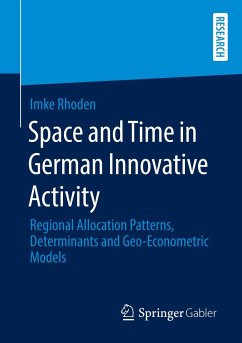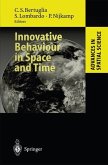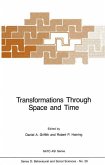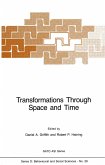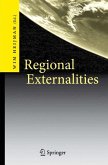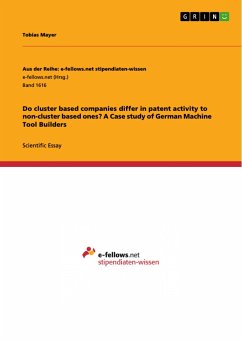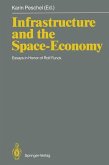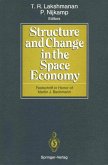Three analyses show regional and temporal behavior and determinants of innovation activity in Germany in the timeframe 2000-2016. Techniques as kernel density estimation and geoadditive modeling allow gaining insights into the allocation of innovation economics. On the geographical level of administrative districts innovation and its theory-based determining factors are connected. Estimation methods also add to the explanatory content of the models, partly assisted by the usage of Bayesian prior knowledge. The results allow explicit economic and political consequences and offer possibilities for detailed support of innovation and economic growth. The reflection of the estimated effects back onto regions can increase understanding of the spatial characteristics of innovation.
The Author:Imke Rhoden is research assistant at the chair of Economic Policy 3 at the Ruhr-Universität Bochum. Their scientific focus is directed at spatial modeling of innovation and economic growth and applications for economic policy.
The Author:Imke Rhoden is research assistant at the chair of Economic Policy 3 at the Ruhr-Universität Bochum. Their scientific focus is directed at spatial modeling of innovation and economic growth and applications for economic policy.

